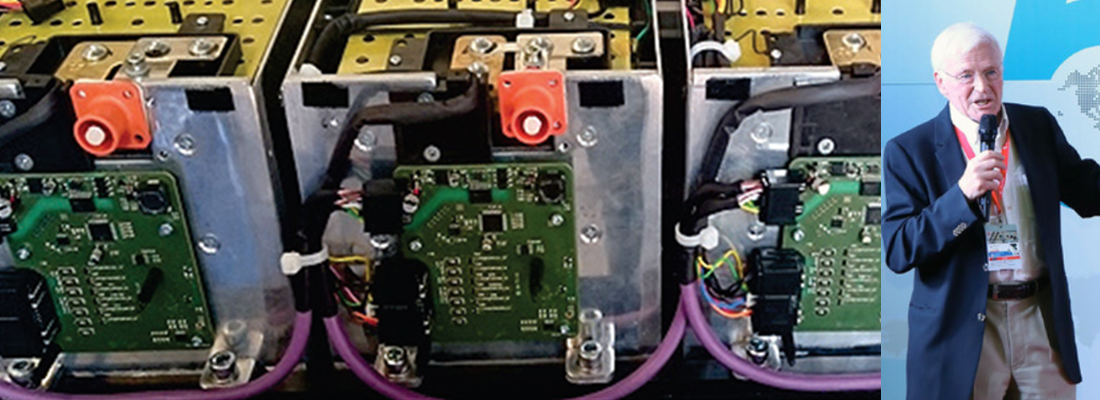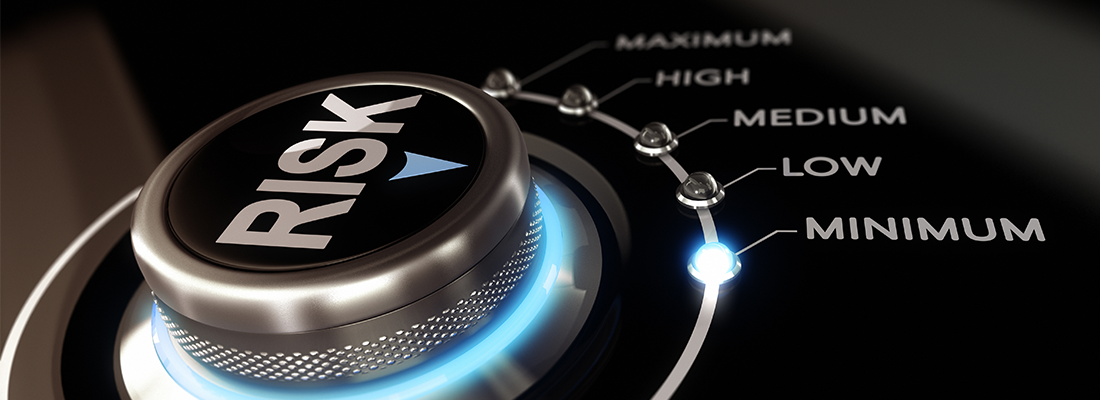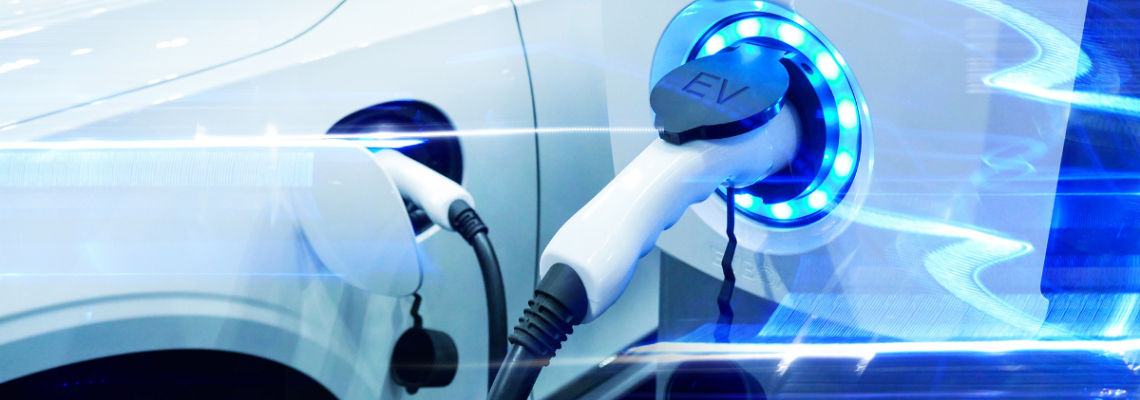Electric Vehicles as a big opportunity for the remanufacturing industry
In recent years the boom and spread of electric vehicles has been necessary mainly to deal with the pollution caused by emissions of endothermic motor vehicles (ICEVs) - petrol but even more so, diesel. Although the technology in recent decades has significantly improved the performance of endothermic engines, both in terms of consumption but above all of harmful emissions, in July 2022 the European Parliament decided to ban the sale of new petrol and diesel cars as of 2035, speeding up Europe’s shift towards electric vehicles (EVs).
The market pushes more and more on the electric! BEVs are worth 10% of the European market. In the second quarter of 2022 registrations of battery-powered cars (Bev) exceeded 230 thousand units with an increase of 11% compared to 2021. Sales of petrol cars fell by 22.2%, amounting to 909,703 units. Diesel vehicles recorded an even more marked drop (-27.7%), stopping at 409,174 units.
In Europe there are 8 countries with double-digit growth: Norway (86%), Sweden (45%), Denmark (35%), Holland (29%), Germany (26%), United Kingdom (19%), Belgium (18%) and France (18%). The United States follows with + 96%: registrations of new electric vehicles increased by 60% in the first three months of 2022, now accounting for more than 5% of all passenger cars sold in the United States. China is the largest world market, With almost 3.4 million electric passenger cars and LDVs registered in 2021 (+ 155% compared to 2020).
But what could the impact of all this be, in the aftermarket field, mainly in "remanufacturing"? What are the business prospects with electricity?
Firstly, the remanufacturing of the batteries and secondly of all the components of electric vehicles is a form of circular economy that puts back into use components that would otherwise be destroyed, along with energy consumption and waste of materials and resources. It is advantageous for the customer, who saves money; for the environment, because the environmental impact is consequently reduced; for the community, which suffers fewer emissions of pollutants, to the benefit of health. Of course, the remanufacturing must be implemented respecting quality, reliability and safety standards. There are also technological setbacks. To remanufacture a battery, sensitive technical information is required that car manufacturers are unwilling to release (because they are subject to patents or trade secrets). Highly specialized technicians and adequate instrumentation are required to operate on high voltage and chemical risk equipment. Car manufacturers are thus called to enforce protocols and quality standards and to allow independent companies to carry out the safe remanufacture of EV batteries, second-life and recycling. Thus, another piece of circular economy is created, which our world and its inhabitants can no longer do without.
In terms of business, battery cells, for example, represent 30% of the cost of a BEV, which means billions of dollars for testing, repairing, remanufacturing and 2nd life re-purposing of EV batteries.
If on the one hand, therefore, an enormous possibility looms on the horizon to enter a market, in a very profitable business, it is equally true that companies must equip themselves to be ready for a truly ecological transition, to face a different market, in some ways innovative. Remanufacturing an engine and the components of a BEV implies a different know-how. As a result, and in order to prepare new strategies, remanufacturers must follow the new technical developments closely and immediately start studying and researching these new systems and their new components. Battery reuse, remanufacture and recycling are key components relating to the circular economy and play an important role in reducing the environmental impacts of the end-of-life stage. Remanufacture involves processing the materials into a useable form for either the same or a different function.
Remanufacturing referred to BEV components (battery, electric motor, power electronics, etc) is different compared to remanufacturing an ICE vehicle. You cannot “reman” an EV Battery to the true definition of “remanufacturing” but you can bring the pack back to within the OEM original State of Health specification for its age and usage. The phases of this process are three:
- Phase 1 – Repair and remanufacture. After safe recovery, the battery pack is repaired or remanufactured and returned to an electric vehicle.
- Phase 2 – Replace modules with new modules. 2nd Life Use - if modules do not meet automotive SOH standards, they can be used to make battery packs for non-automotive applications (e.g., solar energy storage).
- Phase 3 - Recovery of raw materials for use in new battery packs.
Finally, there is another aspect to keep in mind in order to be able to face the business of manufacturing electric vehicles in a totally optimistic way. Automotive industry experts and CEOs of car and components manufacturers have long since launched a first occupational alarm across the globe, deriving from the race considered by some to be unbridled and above all obliged towards the adoption of electric cars. The technicians who until now have dedicated themselves to the production and remanufacturing of endothermic motor vehicles, which include a whole series of components not present on a BEV, such as gearbox, clutch, fuel tank, pump, sensors and fuel filters, filter and pump oil, radiators, engine and its components, pump and water radiator and so forth, are now increasingly called upon to deal with a whole new type of technology represented by an electric vehicle and this opens up two scenarios: the need for new know-how (refresher courses), which on the one hand allows them to be prepared to manufacture and remanufacture BEVs, whose components are really different and less compared to the ICEVs and on the other a potential risk of labour loss. To make an internal combustion engine, for example, it takes more hours than an electric engine, and consequently less mechanics are needed: according to some data we are in the order of a worker in less than three. So, it can be assumed that to remanufacture the batteries and components of a BEV we are faced with the same scenario.
It therefore remains to be seen how the market will react. Perhaps for some time yet it would be better to manage well the coexistence of electric mobility with the traditional one, also considering that the reduction of pollution due to internal combustion engines can be facilitated by alternative fuels such as LPG, CNG and Hydrogen.
Share your remanufacturing stories with us
Do you have an innovation, research results or an other interesting topic you would like to share with the remanufacturing industry? The Rematec website and social media channels are a great platform to showcase your stories!
Please contact our Brand Marketing Manager.
Are you an Rematec exhibitor?
Make sure you add your latest press releases to your Company Profile in the Exhibitor Portal for free exposure.





